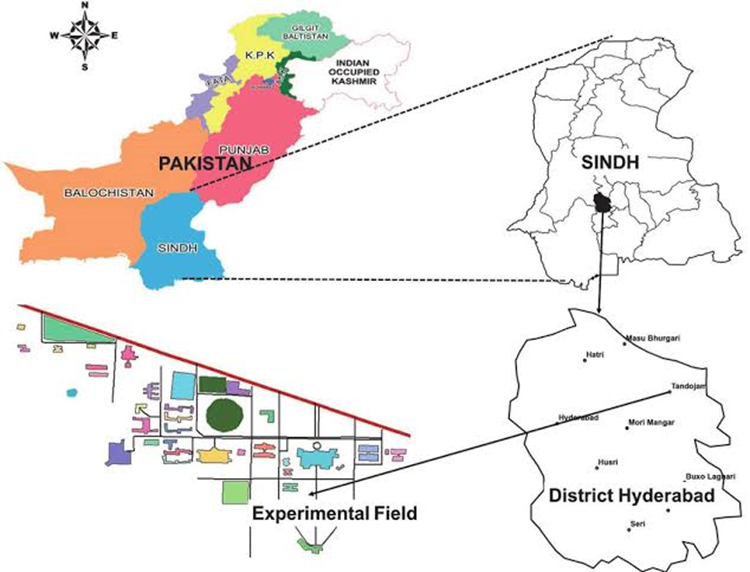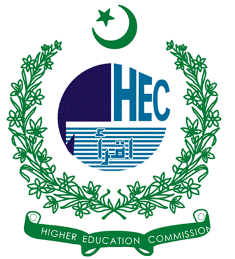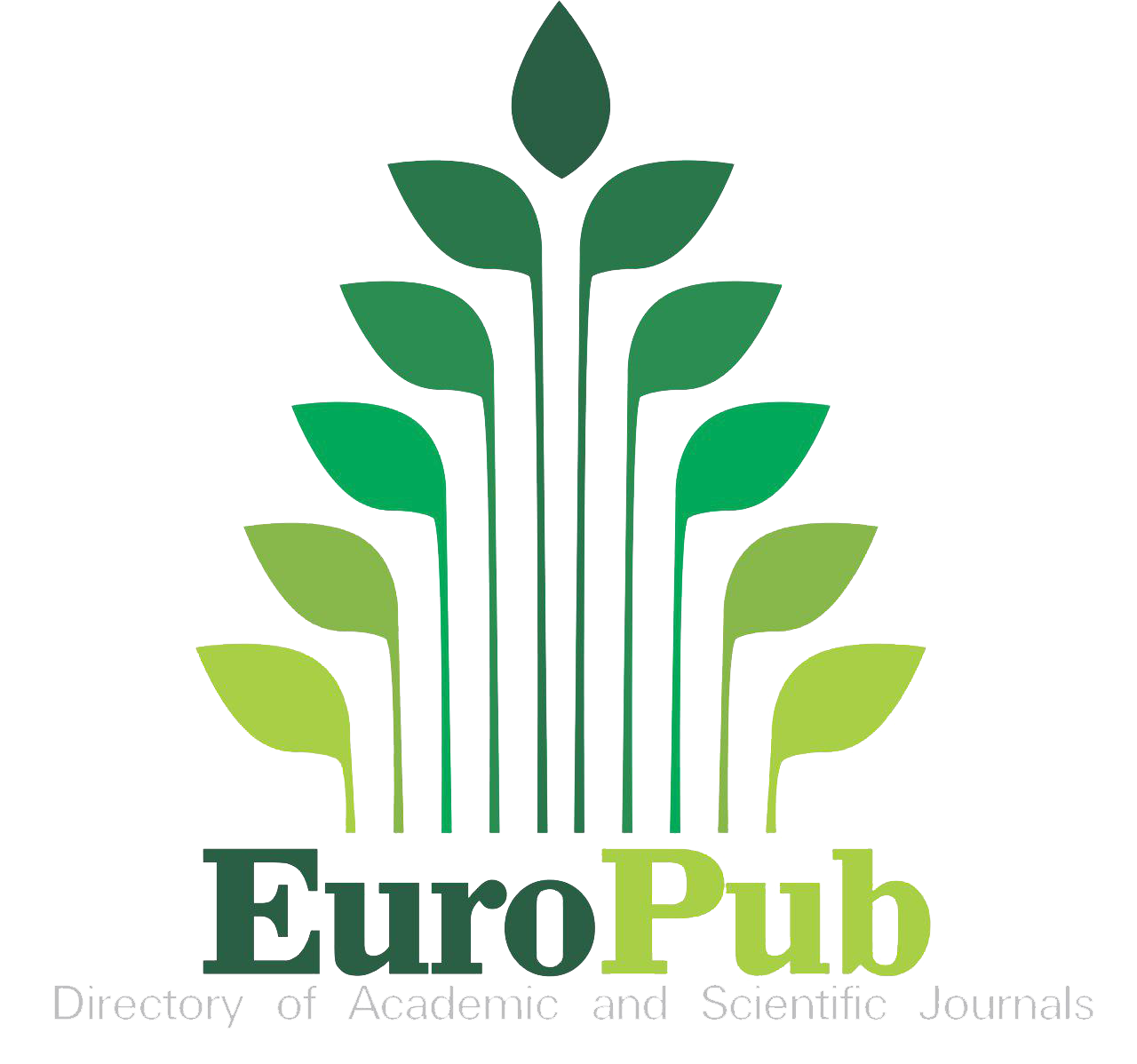Effect of Various Post-Harvest Techniques on Banana (Musa spp.) Cultivar Quality
Keywords:
Postharvest, Edible Coating, Shelf-Life, Polyethene Packing, Banana Varieties, Aloe-Vera Gel, Gibberellic AcidAbstract
A comparative study was conducted to evaluate the efficacy of four different post-harvest treatments (T0 (Control), T₁: Fruit kept in perforated polyethylene bag, T2: Fruits kept in colour polythene bag, and T3: Fruits treated with aloe-vera gel assisted with gibberellic acid (GA3) on the quality attributes and shelf life of two economically important banana cultivars, G-9 (V1) and Bombay (V2), over a 24-day storage period. The study showed that post-harvest treatments had not worked the same way for both cultivars. Each variety responded differently, with a clear trade-off between keeping the fruit firm and slowing down the biochemical changes tied to ripening. T3 stood out for reducing weight loss in both varieties, resulting in a weight reduction of approximately 10.5%. That showed strong peel protection against water loss. However, once you look at ripening, the situation changes: in V1, T3 showed increased sugar levels rapidly, giving the highest sugar and TSS values, while in V2 showed lower sugar development. By contrast, T2 slowed ripening visually in V1 and kept TSS values in a better range for V2. However, the shelf-life assessment revealed a critical limitation: while V1 maintained a 12-day shelf life across all treatments, the V2 (Bombay) variety proved highly sensitive to T1 and T2, which unexpectedly reduced its marketed shelf life to only 9 days. This result highlights the challenges of applying uniform treatments across varieties. The varying results highlight the challenge of applying a single technique to all varieties: T3 is the most effective at delaying weight loss; however, its inconsistent effects on sugar development indicate the necessity of treatment plans specific to each variety, striking the correct balance between reducing transpiration and directing ripening.


















